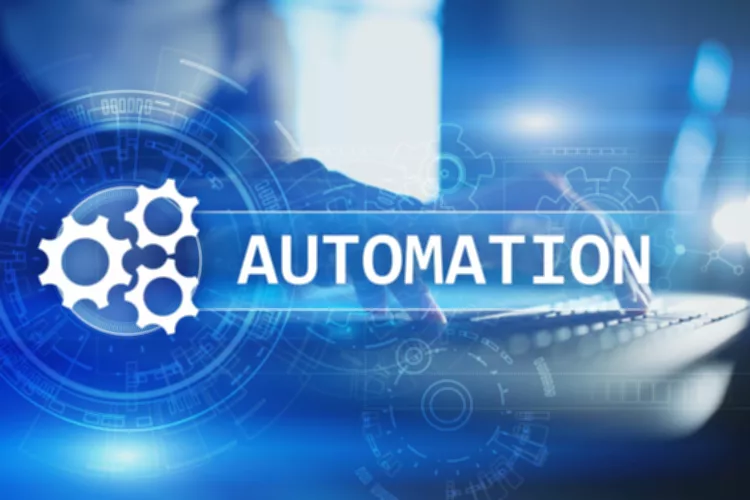Content

Remember, you still must pay the variable costs ($3 per jar) on the last 1,000 units, so the “profit” is the net margin after variable costs have been paid. Consider the amount of time needed to sell 3,000 jars to make a profit and the feasibility of doing so. Some of the most common variable costs include physical materials, production equipment, sales commissions, staff wages, credit card fees, online payment partners, and packaging/shipping costs.

Variable costs are costs that are directly related to the production of goods and can change depending on the volume of the production. Examples of variable costs can include steel for making cars, wages paid for labor, or legal fees for https://www.bookstime.com/ settling a lawsuit. Variable costs can also be broken down further to direct labor costs and direct materials costs. Fixed costs are all costs that go into the making of a product that does not vary with the number of units produced.
Ways to Automate Your Ecommerce Business
So fixed cost per unit will decrease if the production volume will increase and cost per unit will increase if the production volume decreases. Cost accounting is a form of managerial accounting that aims to capture a company’s total cost of production by assessing its variable and fixed costs. Variable costs include any expenses that increase or decrease in proportion to how many units you are producing. Examples of these costs would normally include the materials you use to produce your items, labor put into those items and packaging. If you use rental vans to deliver items, this expense would also be a variable cost. Another way to look at variable costs is if you were to stop producing any products, then there should be no variable costs on your spreadsheet. Unit CostsUnit cost is the total cost incurred to produce, store and sell one unit of a product or service.
- This cost will not change unless you renegotiate a lease contract or refinance your mortgage.
- The unit cost is the amount of money it takes to produce one unit of an item.
- Many ecommerce businesses aim to have a profit margin of 20-40% , so if we assume the profit margin is 30% (or $300), then the cost per unit may be around $700 (70% of $1,000).
- Likewise, if the volume of goods or services decreases, the variable costs will decrease.
- A higher gross profit margin indicates a company is earning more per dollar of revenue on each product sold.
- ShipBob’s fast-growing fulfillment network helps you save on costs when storing inventory in our fulfillment centers by only paying for the space you need.
In effect, a company with low operating leverage can be at an advantage during economic downturns or periods of underperformance. For example, a company executive’s base salary would be considered a fixed cost because the dollar amount owed by the company is outlined in an employment contract signed by the relevant parties. Fixed Costs → The amount incurred remains the same regardless of production volume. Wherever your business is located, you will have to pay for the physical location. This cost will not change unless you renegotiate a lease contract or refinance your mortgage. Fixed costs are periodic expenses that are not affected by output.
Let’s talk. Our experts can help you boost your order volume by 30% year over year.
It is calculated by adding fixed and variable expense and dividing it by the total number of units produced. Many ecommerce businesses aim to have a profit margin of 20-40% , so if we assume the profit margin is 30% (or $300), then the cost per unit may be around $700 (70% of $1,000). The cost per unit formula involves the sum of fixed and variable costs, which is then divided by the total number of units manufactured during a period of time.
SKU management and logistics on your own, you can outsource it to ShipBob and save time, energy, and money. It’s always important to use inventory forecasting tools to ensure you don’t overstock on product that you may not be able to sell through. cost per unit calculation Freight shipping costs also need to be evaluated to ensure finished goods are being received at the lowest costs. The Structured Query Language comprises several different data types that allow it to store different types of information…
How to calculate cost per unit
From these meters you can read data directly into your process historian. High operating leverage can benefit companies since more profits are obtained from each incremental dollar of revenue generated beyond the break-even point. In contrast, costs of variable nature are generally more difficult to predict, and there is usually more variance between the forecast and actual results. Companies with business models characterized as having high operating leverage can profit more from each incremental dollar of revenue generated beyond the break-even point. In effect, companies with high operating leverage take on the risk of failing to produce enough revenue to profit, but more profits are brought in beyond the break-even point.
- That means, for every unit sold, $6 goes to fixed costs and profit.
- The calculation of the unit cost of production is a breakeven point.
- So, in this article, I am sharing with you a free template to calculate cost per unit in Excel, along with the procedure to make it.
- Project Expenses means usual and customary operating and financial costs.
- Your average variable cost uses your total variable cost to determine how much, on average, it costs to produce one unit of your product.
- Fixed manufacturing costs are those costs that do not vary with production volume, such as rent, insurance, and property taxes.
- So, the variable cost will increase when the production level increases and decrease when the production level decreases.
Companies cannot simply just roughly estimate per unit cost in the professional business environment and set retail prices for the goods manufactured. This does not allow the company to know the cost per unit of the total goods manufactured. This will surely kick businesses out of the race and likely bring the production houses to a complete shutdown point.
It is prudent business practice to convert as many variable costs to fixed costs in order to be able to price your goods efficiently. To convert foreign exchange exposure from a variable to a fixed cost you will need to adopt a foreign exchange hedging policy.

